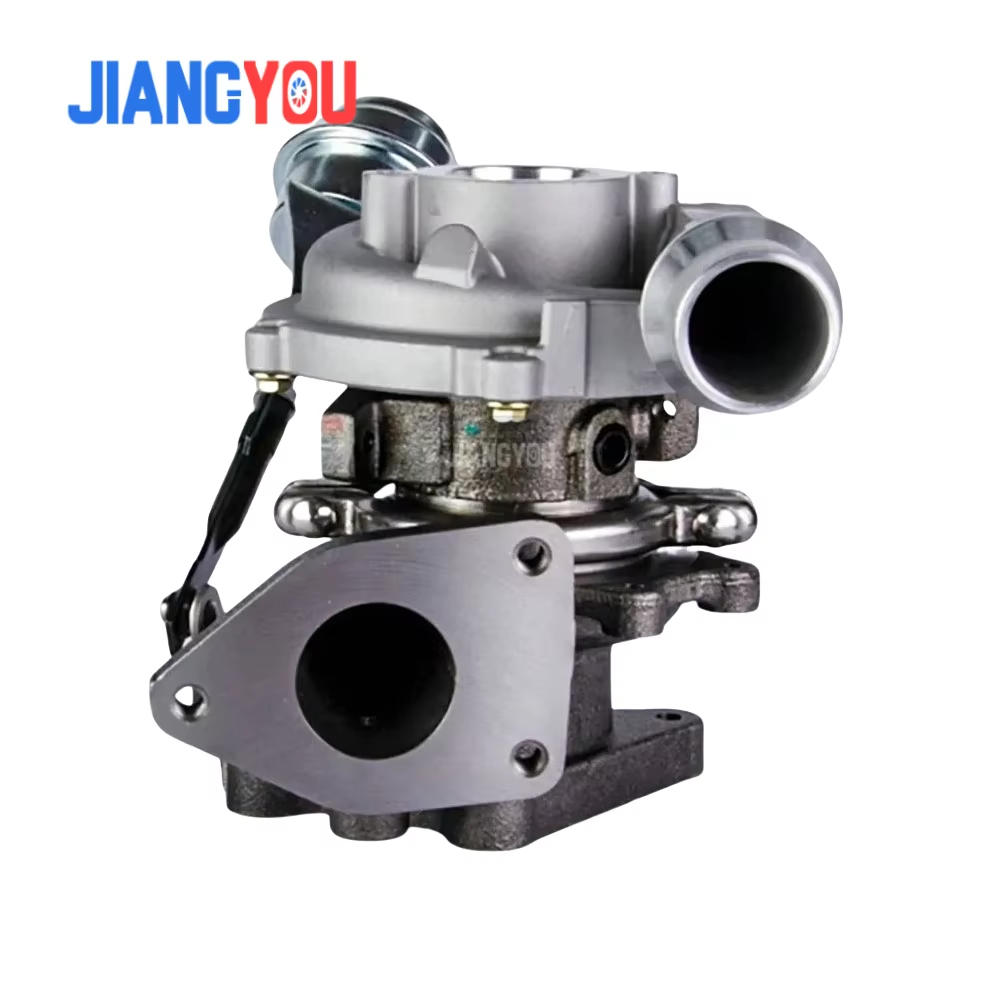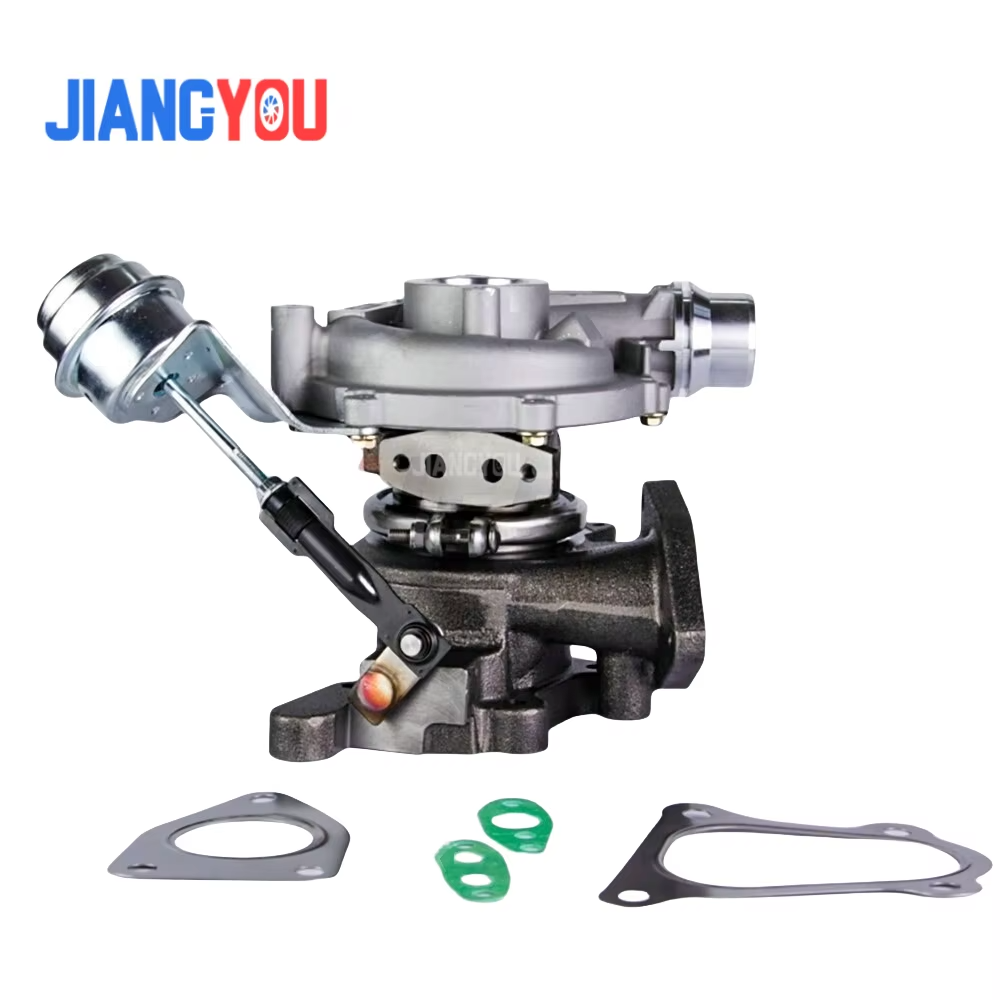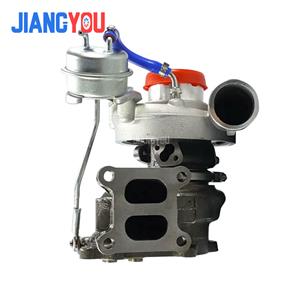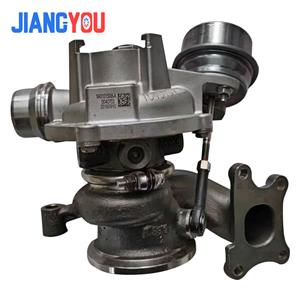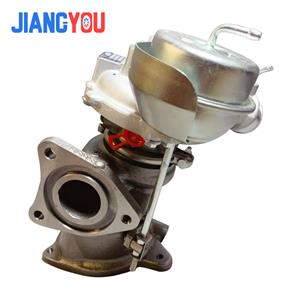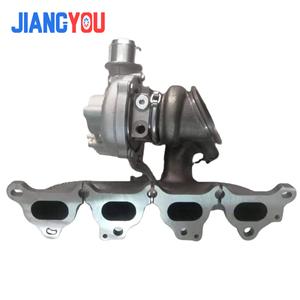- Home
- >
- News
- >
- Product News
- >
- Turbocharger 786997-5001S 786997-000114410-9364R 14411-4283R
Turbocharger 786997-5001S 786997-000114410-9364R 14411-4283R
The beating heart of any modern diesel commercial vehicle is its turbocharger, and for the widely respected Renault Master III and Trafic vans equipped with the robust 2.3 dCi engine,
the 786997-5001S / 786997-0001 / 14410-9364R / 14411-4283R turbocharger stands as a critical component for delivering the essential blend of power,
efficiency, and reliability demanded by businesses and drivers alike. This meticulously engineered turbocharger is not merely an accessory;
it's the key to unlocking the full potential of Renault's versatile workhorses.
Engineered for the Task: Core Function and Compatibility
Specifically designed for the Renault Master III (2010 onwards) and Trafic III (2014 onwards) vans powered by the 2.3 dCi diesel engine (engine codes M9T, R9M, etc.),
this turbocharger assembly is an exact OEM replacement or equivalent. The part numbers listed (786997-5001S, 786997-0001, 14410-9364R, 14411-4283R)
often represent variations across manufacturers, regions, or specific kit configurations (e.g., with or without actuator, gaskets),
but they all converge on delivering the precise boost characteristics required by the M9T/R9M powerplant. This engine is renowned for its durability and widespread use in light commercial applications, making a correctly specified turbocharger paramount.
Technical Foundation: Design and Operation
This turbocharger operates on the fundamental principle of exhaust gas energy recovery:
Exhaust Gas Drive: Hot exhaust gases exiting the engine cylinders are directed through the turbine housing (often identifiable by part numbers like 14411-4283R).
These gases spin the turbine wheel at extremely high speeds (often exceeding 100,000 RPM).
Compression: The turbine wheel is rigidly connected via a shaft to the compressor wheel located within the compressor housing (potentially referenced by 14410-9364R).
As the shaft spins, the compressor wheel draws in ambient air, compresses it significantly.
Boost Delivery: This compressed, denser, oxygen-rich air (boost) is forced through the compressor outlet and into the engine's intercooler.
Power & Efficiency Gains: The intercooler cools the compressed air, further increasing its density before it enters the engine's intake manifold.
More oxygen in the cylinders allows for more fuel to be burned efficiently, resulting in substantially increased power output and torque,
improved fuel economy (more work done per unit of fuel), and reduced emissions (cleaner combustion).
Key Features and Engineering Highlights:
Precision-Balanced Rotating Assembly: The turbine and compressor wheels, along with the connecting shaft, are balanced to microscopic tolerances.
This minimizes vibration, ensures smooth operation even at extreme rotational speeds, and is critical for longevity and preventing premature bearing failure.
High-Temperature Materials: The turbine housing and wheel are crafted from specialized nickel-based superalloys (like Inconel) capable of withstanding
the relentless heat and corrosive environment of exhaust gases (often exceeding 900°C / 1650°F). The compressor side typically uses high-strength aluminum alloys.
Optimized Aerodynamics: The profiles of both the turbine and compressor wheels are aerodynamically designed using advanced
computational fluid dynamics (CFD) to maximize gas flow efficiency, minimize lag, and deliver the specific boost pressure and flow rate required by the 2.3 dCi engine across its rev range.
Journal Bearing System: Most OEM turbos for this application utilize a robust journal bearing system.
A thin film of pressurized engine oil separates the high-speed shaft from the bearing housing, providing smooth rotation and excellent heat dissipation. Consistent, clean oil supply is absolutely vital.
Wastegate Actuator: An integral part of the assembly (often included in kits like 786997-5001S) is the wastegate actuator.
This pneumatic or electronic device precisely controls boost pressure. It does this by opening a valve (the wastegate) bypassing
some exhaust gas away from the turbine wheel when the target boost level is reached, preventing overboost and protecting the engine.
Durability Focus: Designed for the demanding life of a commercial van – frequent stop-start driving, heavy loads, long motorway hauls,
and varying operating temperatures. High-quality seals and robust construction resist oil leaks and shaft play.
Why This Turbo Matters for Master III & Trafic Owners:
Restoring Performance: A failing turbo leads to significant power loss ("lag"), black smoke (unburned fuel), and poor acceleration.
Replacing it with the correct 786997-5001S/14410-9364R unit restores the van's essential pulling power and drivability.
Maintaining Fuel Efficiency: A properly functioning turbo is central to the diesel engine's efficiency. A worn turbo drastically increases fuel consumption, impacting operating costs.
Ensuring Reliability: Turbo failure can lead to catastrophic engine damage (if pieces enter the engine) or leave the vehicle stranded.
Using a high-quality, correctly specified replacement is an investment in uptime.
Emissions Compliance: Modern turbos play a crucial role in achieving clean combustion, helping the vehicle meet emissions standards and pass inspections.
Value Retention: Keeping the engine performing optimally maintains the vehicle's overall value and operational lifespan.
Maintenance and Considerations:
Oil is Lifeline: Turbo longevity is heavily dependent on using the correct specification engine oil, adhering to strict change intervals,
and ensuring the oil and filter are always clean. Sludge or contamination is a primary killer of turbos.
Professional Installation: Turbo replacement requires expertise. Precise fitting, ensuring oil lines are clean and unobstructed,
proper priming before start-up, and correct actuator calibration are critical to avoid immediate failure or reduced lifespan. Incorrect gasket installation can cause dangerous boost leaks.
Quality Matters: Opt for reputable brands or genuine/OEM-equivalent parts like those identified by these part numbers.
Inferior turbos often use substandard materials and lack the precise balancing, leading to premature failure and potential engine damage.
Diagnosing Failure: Symptoms include excessive blue/white smoke, loud whining/siren noises, loss of power, increased oil consumption,
or the check engine light (often with turbo-related codes like P0299 - Underboost). Diagnosis should pinpoint if the turbo itself is faulty or
if issues lie elsewhere (boost leaks, clogged air filter, faulty actuator, EGR problems, oil supply issues).
Conclusion:
The turbocharger identified as 786997-5001S, 786997-0001, 14410-9364R, or 14411-4283R is far more than just a spare part for the Renault Master III and Trafic 2.3 dCi.
It represents a sophisticated piece of forced induction technology, meticulously engineered to deliver the vital combination of power, efficiency,
and durability these commercial vehicles are known for. Understanding its function, importance, and the critical need for proper maintenance
and high-quality replacement ensures these vans continue to perform reliably, mile after demanding mile, keeping businesses moving
and drivers confident on the road. Choosing the correct turbo is choosing the continued vitality of the vehicle's most crucial asset – its engine.
